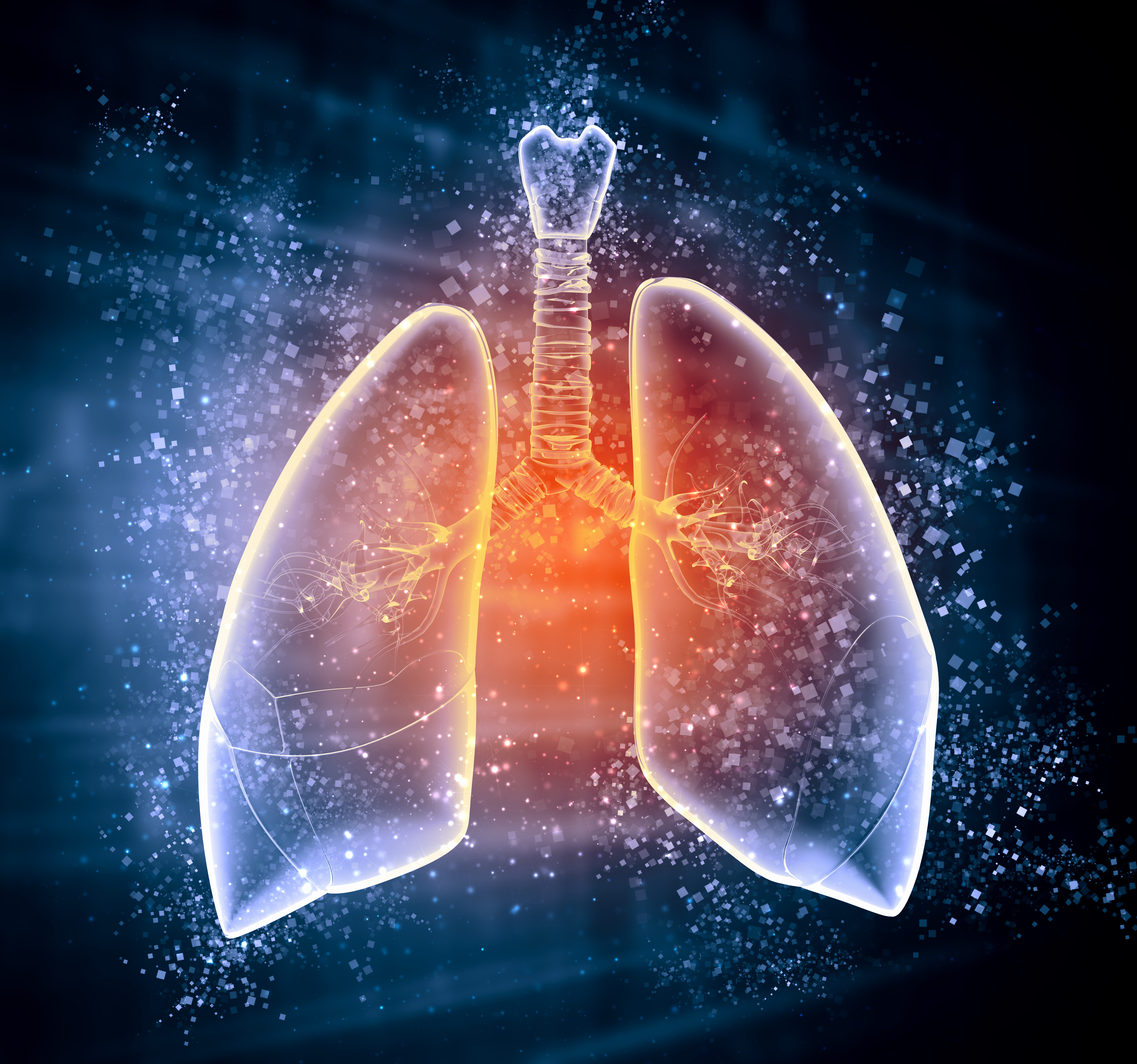IPF Progression Linked to High Number of Bacteria in Lungs, Study Says

A high number of bacteria in the lungs of people with idiopathic pulmonary fibrosis (IPF) is linked to disease progression and to an increased risk of mortality, a study found.
The study, “Bacterial burden in the lower airways predicts disease progression in idiopathic pulmonary fibrosis and is independent of radiological disease extent,” was published in the European Respiratory Journal.
Although the precise mechanisms underlying the development of IPF are not fully understood, it is thought that different communities of bacteria living in the lower airways can have a direct impact on the disease.
At the time of diagnosis, even in the absence of lung infections, IPF patients usually have higher numbers of bacteria (bacterial burden) in their lungs compared with healthy individuals, or even with those with other lung diseases like chronic obstructive pulmonary disease.
It’s not clear if the bacterial burden directly contributes to disease progression, or if the higher number of bacteria found in the lungs of those with IPF is simply a consequence of other disease processes.
While previous studies have investigated bacterial burden and disease severity using physiological factors, such as forced vital capacity (FVC, a measure of lung function), none looked at the relationship between bacterial burden and radiological markers of lung deterioration or disease severity.
Researchers in the U.K. analyzed clinical data from 193 patients who were diagnosed with IPF after undergoing bronchoscopy between 2014 and 2017.
The team performed fiberoptic bronchoscopies, followed by bronchoalveolar lavage (BAL) to collect fluid samples to isolate bacteria, and computerized tomography (CT) scans of the patients’ lungs to identify radiological markers of tissue scarring (fibrosis). Bacterial DNA was extracted from all BAL samples, and the numbers of bacteria were determined using standard genetic techniques.
Bronchoscopy is a procedure in which a physician inserts a flexible, lighted tube into a person’s lungs through the mouth or nose to examine the bronchi. BAL is a procedure — sometimes performed during a bronchoscopy — in which a fluid is squirted into a small portion of the lung and then aspirated to be analyzed.
Patients in the study reflected the typical demographic of IPF patients, as they were mostly older men (73%, with an average age of 70), and more than half (64%) were either smokers or former smokers.
Results showed that, on average, IPF patients had 287,000 bacterial gene copies per milliliter of BAL, which, according to the researchers, was “elevated compared to historical controls, and similar to previously published [bacterial] burdens.”
To test for an association between bacterial burden and disease progression, investigators assessed the number of patients who met the criteria for progressive disease, which was defined as disease leading to death by any cause within the first year, or to a decline of at least 10% in FVC at 12 months.
A total of 102 patients met the criteria for progressive IPF. Statistical analysis found a significant association between bacterial burden and disease progression. The link remained significant regardless of age, sex, smoking status, or lung function.
A survival analysis found that patients who had moderate to high bacterial burdens had a higher risk of mortality than those who had fewer bacteria in their lungs.
CT scans revealed the presence of several radiological markers of tissue fibrosis. More than half of the patients (57.7%) had usual interstitial pneumonia (UIP), 21% had signs of pleuroparenchymal fibroelastosis (PPFE), and 30% had honeycombing.
Despite these findings, no association was found between bacterial burden and the extent of tissue damage seen in CT scans. Likewise, no link was found between bacterial burden and particular radiological features (UIP, PPFE, or honeycombing).
Further analysis found that bacterial burden was an independent predictor of survival, even when CT scan results were incorporated and adjustments for demographics and physiological parameters were made.
No association was identified between the total number of immune cells in BAL samples and bacterial burden.
“We demonstrate that an elevated bacterial burden predicts mortality in IPF, but is independent of radiological features, differential cell counts [of immune cell types], and extent of disease,” the researchers said.
“The independent nature of this association supports a relationship with the underlying pathogenic [disease] mechanisms, and highlights the urgent need for functional studies,” they said.






